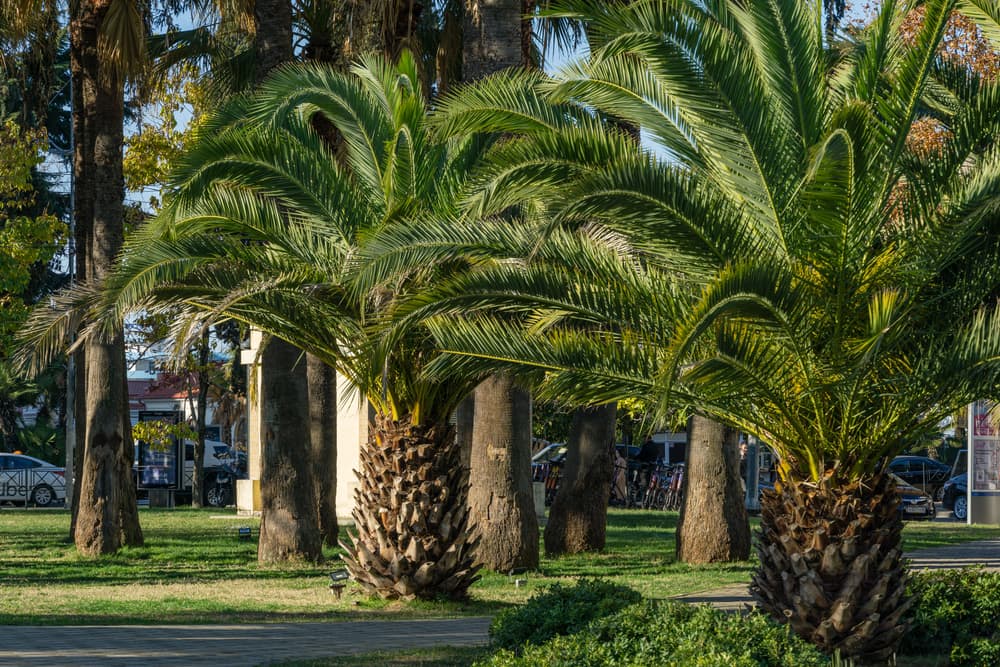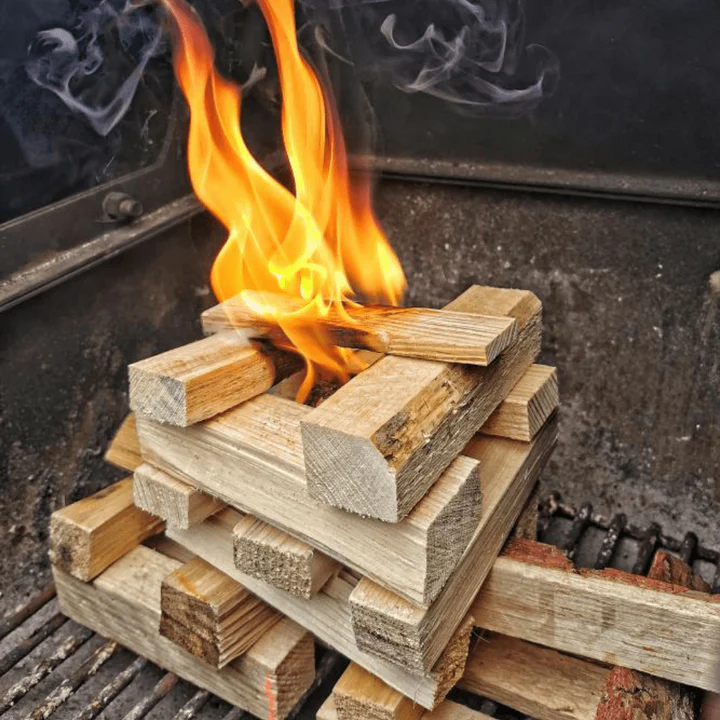How to Prevent Garden Pests

Table of Contents
As warmer temperatures peek over the horizon, unwanted but common garden pests start to make an appearance. There are ways, however, to prevent them from destroying your plants. Here are some simple ways to protect your garden from unwanted pests.
Physical barriers
Keeping plants protected is a reliable way of keeping pests out and keeping your greenery protected. You may want to think about getting a polytunnel to keep your flora in as these have mesh doors. This prevents pests from entering and damaging the leaves and buds on your plants but also allows ventilation.
To add an extra layer of protection, you could add a floating row cover. These act as small tents to protect individual plants and work well in smaller areas of vegetation or when a particular variety of plant seems to be being targeted.
Grow resistant varieties
There are many different plants that can help to repel pests and resist diseases, so it is worth doing your research before you start planting.
One example of such a flower is the chrysanthemum. As well as looking beautiful, chrysanthemum blooms contain pyrethrum which is used as a natural insect repellent. If you are growing vegetables you could plant a few bunches to help ward off ants and other creepy crawlies.
Encourage beneficial insects
As much as gardeners are looking to repel unwanted pests, some bugs are beneficial to your little ecosystem.
Ladybirds are really helpful when it comes to keeping aphids at bay. Aphid colonies can be seen by the naked eye and can cause stunted growth in plants as well as spreading diseases and mould. Ladybirds are natural predators of aphids so encouraging them into your garden can help to protect your plants.
Make sure your garden is full of pollen and this will help to attract ladybirds. If you cannot wait, you are able to buy live ladybird larvae so just let them loose on the aphids.
Use intercropping
If you are an avid vegetable grower, then intercropping could be a technique that will benefit you. Intercropping is where you plant different crops next to each other. This helps to confuse any pests that may come wandering into your beds.
When thinking about space you may want to consider the height at that different crops grow. For example, corn plants reach a substantial height and this can leave bare soil and space below. To fill this gap you could plant a lower-laying plant such as a variety of squash. This can make your beds fuller and make it harder for pests.






